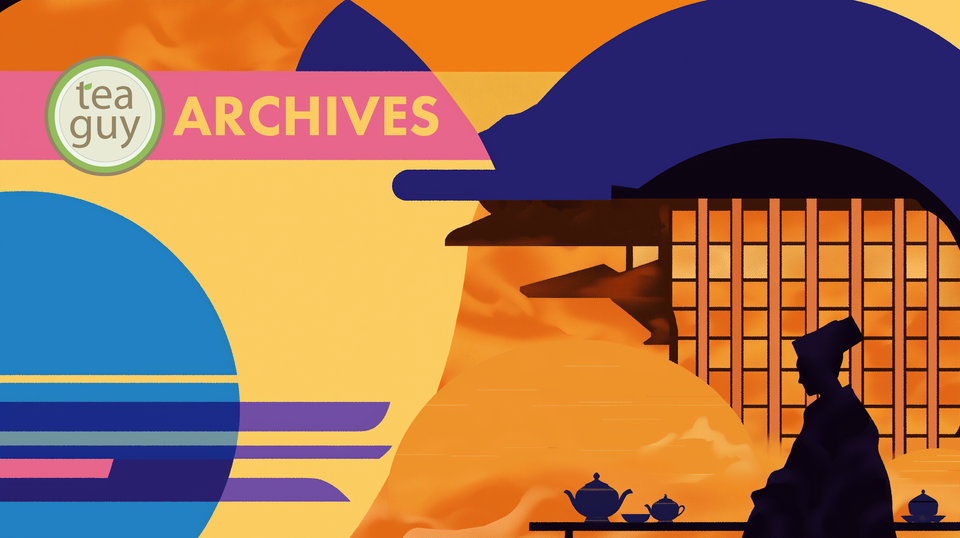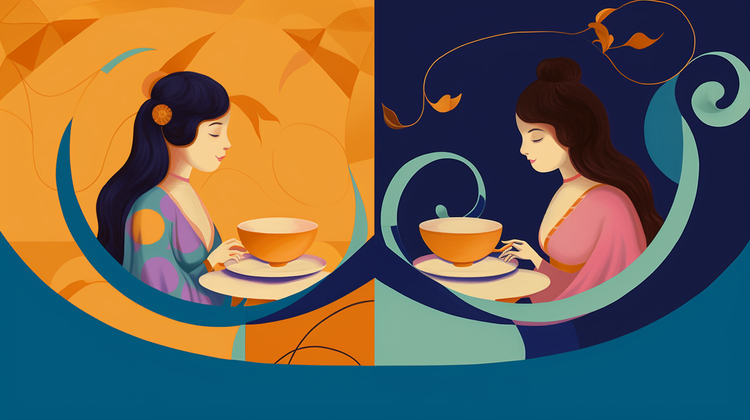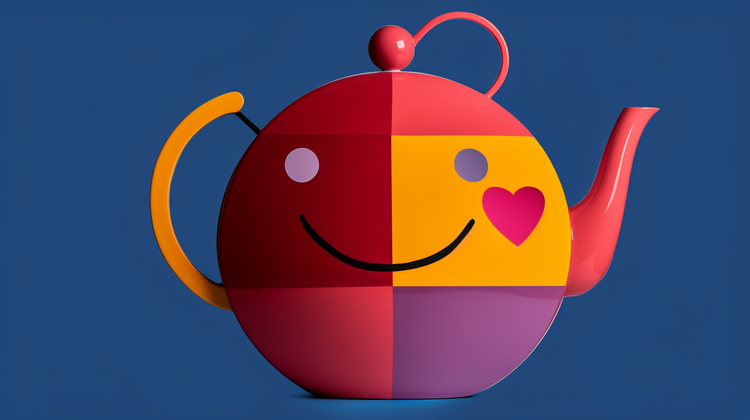Tea 201 - Why Japanese Greens Are Unique
Japanese Tea—usually, this means green tea of some kind, but why is it so special? Honestly, it's because the Japanese have developed several different ways to process their Camellia sinensis plant.

Japanese Tea—usually, this means green tea of some kind, but why is it so special? Honestly, it's because the Japanese have developed several different ways to process their Camellia sinensis plant.
Like typical green tea, Japanese green teas are the least oxidized. They are also steamed rather than pan-fried, helping to maintain their bright green color. From there, they are processed in several distinct ways.
Types of Japanese Green Tea:
- Sencha
The most popular green tea in Japan, Sencha is harvested in the early season. It is made by grinding the tea leaves and represents about 80% of Japan's total tea production. - Gyokuro
A high-grade green tea, Gyokuro is shade-grown for at least 20 days before harvesting. A similar tea, Kabusecha, is also shade-grown but only for about a week. - Matcha
A finely ground green tea powder, Matcha is steamed, dried, and then ground. It is traditionally used in Japanese tea ceremonies. Today, Matcha is also used in foods like mochi, soba noodles, green tea ice cream, and Wagashi (Japanese confections). - Hojicha
Unlike most Japanese green teas, Hojicha is roasted rather than steamed. This process darkens the leaves to a reddish-brown color and gives the tea a more toasted flavor. - Genmaicha
A blend of green tea leaves and roasted rice, Genmaicha is sometimes called "popcorn tea" because a few grains of rice pop during roasting. Historically, this tea was enjoyed by poor Japanese farmers as the rice acted as a filler to reduce costs. - Bancha
Bancha is made from tea leaves picked in late summer. This is the primary difference between Bancha and Sencha.
What about you, dear readers? Have you tried different Japanese green teas? If so, what do you think? Which ones are your favorites? 🍵






Member discussion